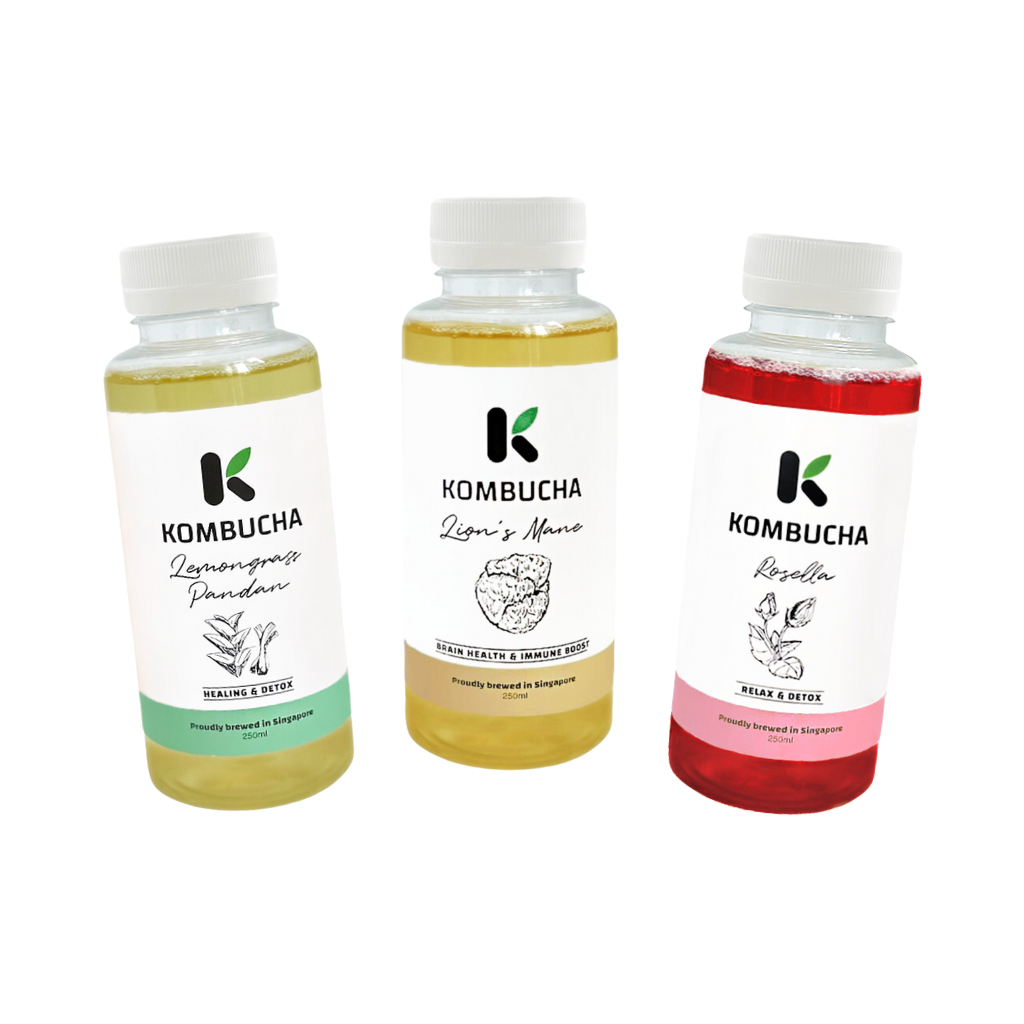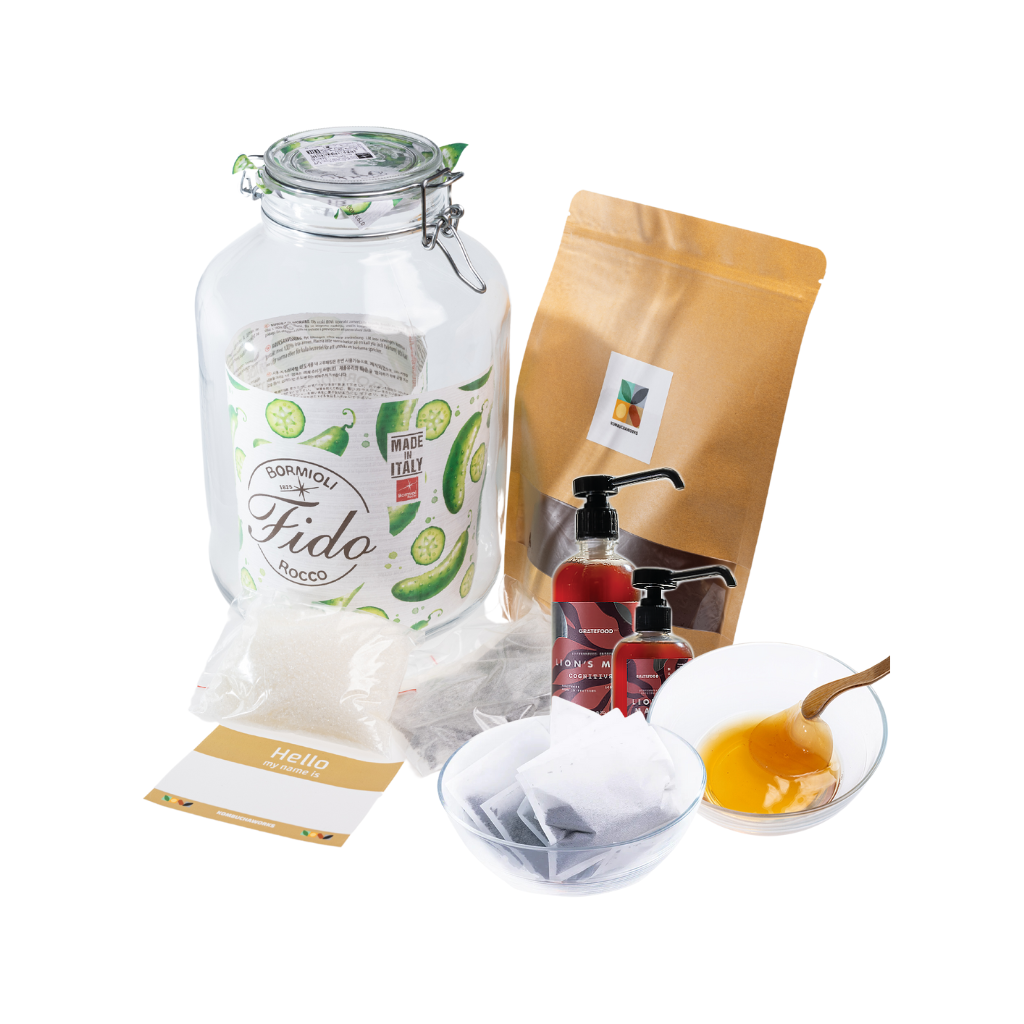Over the past few years, Kombucha has become increasingly popular due to its many health benefits. Its sweet and tangy taste has also made it a favourite around the world. Nonetheless, because of these beneficial effects, this refreshing, artisanal beverage from China has long been consumed since ancient times.
Essentially, we like our kombucha fizzy and not flat. Just the right amount of fizz gives the drink a pleasant, delicious taste. But when your kombucha goes into overdrive with too much fizz, it’s time to take a hard look at your brewing process.
Watch out for Kombusion
Another event you should be wary of is the explosion of your kombucha brew. Also known as kombusion, this happens when the brewing temperature (or the room temperature at which your kombucha is kept) gets too high. The yeast then gets overly active and begins to consume the sugar too quickly, resulting in a large amount of carbonation.
This provides a lot of extra fizz to your kombucha, but it can also mess with the drink’s delicate flavour. To reduce the risk of exploding, it’s recommended that you manage the CO2 pressure building in your container by burping it.
What causes your kombucha to have too much fizz?
If your kombucha sprays out of the bottle as soon as you open it, the pressure inside is too high. This could be due to the following reasons:
- Too much time has passed since the bottles were left at room temperature
- The temperature was higher than usual, hastening the fermentation process
- There was too much sugar in the brew (such as fruit juice)
- Your kombucha brew had a lot of yeast in it
In general, over-carbonated kombucha usually results in an imbalance between the yeast and bacteria population on your SCOBY — that round, rubbery mass you use to make your kombucha, stands for Symbiotic Colony of Bacteria and Yeast. Keep in mind that once the balance within the SCOBY is disrupted, its overall health is compromised.
A newly purchased or a stored SCOBY actually have a higher bacteria to yeast ratio. This is because the yeast at this point is still dormant. Upon fermentation, the SCOBY will also be exposed to other airborne yeast. The yeast population goes up and dominates the bacteria portion of the SCOBY after using it for some time.
For you to enjoy your kombucha with just the right amount of fizz, you can reduce the flavouring so the bubbles are also reduced. You can also filter your concoction before bottling it to reduce the amount of yeast present.
Fruits likely to cause kombusion
While we all have our favourites, not all fruits are created the same. When using fruit juices in your kombucha, take note that fruits such as lychee, mango, pineapple, and strawberry are relatively high in natural sugar.
This means the availability of more sugar for your live culture. As you know, bacteria get re-activated by the sugar in the flavourings and release gas. As such, this also means more CO2 will be produced in your bottles.
What else can you do?
To keep your kombucha from being too carbonated, keep the pressure in the bottles as low as possible. You can do this by:
- Placing the bottles in the refrigerator as soon as possible
- Not filling the bottles all the way to the top
- Opening them frequently enough to relieve the pressure
- Avoid using berries or ginger as flavourings, both of which contain natural yeast
- Removing the yeast colonies from the kombucha by filtering them (the brown clumps under the SCOBY)
It’s also best practice to use quality glass bottles, especially for your second fermentation. You don't need to spend a fortune on pricey glasses — simply purchase your containers from a respectable, well-known manufacturer with a reputation for quality. This should indicate that they are likely to subject their products to safety standard testing.
When your bottle of kombucha shoots off like a geyser, you may be hesitant to open your next one. By understanding how to manage the fizz in your kombucha drink, you will know that everything is going to be okay!





